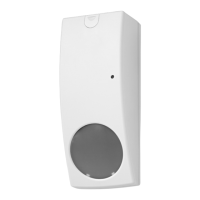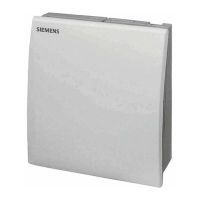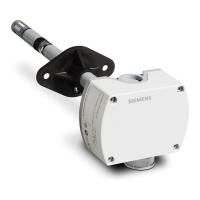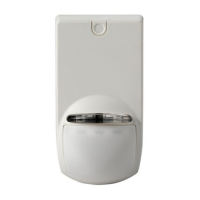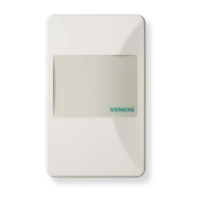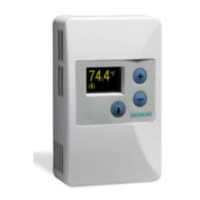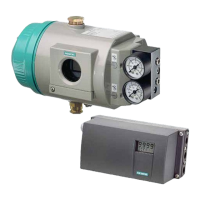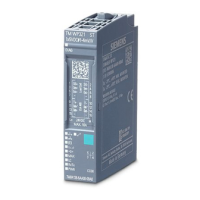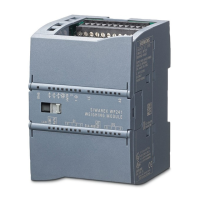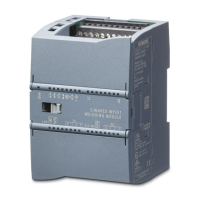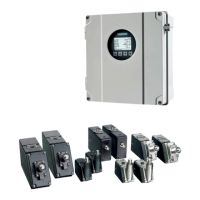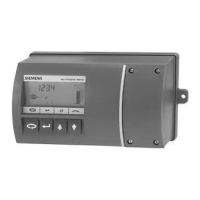Do you have a question about the Siemens TC63 and is the answer not in the manual?
Explains the importance of flow control and introduces software (XON/XOFF) and hardware (RTS/CTS) flow control methods.
Resets all current parameters to manufacturer-defined defaults, affecting GPRS contexts.
Saves the current parameter settings to a user-defined profile in non-volatile memory.
Loads parameters from the user-defined profile stored with AT&W, terminating any active connection.
Controls the ME's functionality level, allowing reset, SLEEP modes, or return to full functionality.
Initiates the power-off procedure for the module, notifying completion via URC "^SHUTDOWN".
Used to query and configure various settings of the TC63, including AutoExec, GPRS, URCs, and Radio settings.
Returns an extended error report detailing the reason for the last call release or activation/deactivation failure.
Sets or queries data flow control for serial interfaces, supporting XON/XOFF and RTS/CTS hardware flow control.
Enables partitioning of one physical serial interface into three virtual channels for simultaneous sessions.
Controls network authentication of the TC63, allowing storage of passwords like SIM PIN1 or PUK1.
Locks, unlocks, or interrogates network or ME facilities, such as SIM card locks or call barring.
Provides the same functionality as AT+CLCK for facility lock but with a different syntax and prefix.
Allows defining a new password for a password-protected facility lock function, including PIN changes and call barring passwords.
Comprises all functions of AT+CPWD, including the additional "CM" password for Customer SIM Lock.
Manages the Customer SIM Lock feature, allowing locking to specific operators via Network Personalization ("PN").
Sets up outgoing voice, data, or fax calls, and controls Supplementary Services using termination characters.
Disconnects existing calls from the command line by local TE and terminates the call.
Cancels all active and held calls, behaving identically to the ATH command.
Resumes data or GPRS connection and returns to data mode or PPP online mode from command mode.
Cancels data flow and switches to command mode during CSD call or GPRS connection.
Queries network registration status and allows automatic or manual operator selection.
Verifies the network registration status of the ME and provides URCs for status changes.
Supplies GPRS specific cell information, retrievable on request or automatically every <period> seconds.
Controls call forwarding supplementary service, supporting registration, erasure, activation, deactivation, and status query.
Controls the "Call Waiting" supplementary service, supporting activation, deactivation, and status query.
Controls Supplementary Services Call Hold and Multiparty, allowing calls to be put on hold, recovered, released, and added.
Refers to CLIP service, enabling called subscriber to get the calling line identity (CLI) of the calling party.
Refers to CLIR service, controlling calling line identification restriction for outgoing calls.
Refers to COLP service, enabling calling subscriber to get the connected line identity (COL) of the called party.
Creates and edits Internet connection profiles, assigning them to service profiles for establishing connections.
Sets up parameters in Internet service profiles, specifying the type of Internet service (Socket, FTP, HTTP, SMTP, POP3).
Starts the Internet session configured by the service profile, opening the connection and triggering subsequent URCs.
Performs necessary actions to release all properties activated by AT^SISO, closing the Internet connection.
Triggers reading data via the Internet service configured with AT^SISS, returning the amount of data that can be transferred.
Triggers writing data via the Internet service configured with AT^SISS, returning the amount of data that can be written.
Activates or deactivates specified PDP contexts, handling GPRS attachment if necessary.
Allows manual response (accept/reject) to network requests for GPRS PDP context activation.
Attaches the MT to the GPRS service or detaches it, returning current GPRS service state.
Disables or enables automatic positive response to network requests for GPRS PDP context activation.
Causes the MT to perform actions to establish communication using GPRS PDP types, entering data mode.
Specifies parameters for a PDP context identified by <cid>, including PDP type, APN, and address.
Specifies minimum acceptable QoS Profile for a context, checked against negotiated profile from network.
Allows TE to specify QoS Profile used when MT sends Activate PDP Context Request to network.
Specifies minimum acceptable QoS Profile for a context, checked against negotiated profile from network.
Allows TE to specify QoS Profile used when MT sends Activate PDP Context Request to network.
Controls presentation of "+CGREG" URC for GPRS network registration status and cell changes.
Sets the type of authentication for a PPP connection (None, PAP, CHAP).
Configures GPRS related parameters like LLC PDU lengths and Multislot Class.
Accepts a network request for PDP context activation announced by unsolicited result codes like "RING" or "+CRING".
Initiates a communication with the external PDN, establishing a connection via service code 99.
Initiates communication with the external PDN, establishing a connection via service code 98.
Deactivates all active PDP contexts or rejects network requests for PDP context activation.
Turns automatic response to network PDP context activation requests on or off.
Sets the ME to a particular mode of operation (data, fax) for processing information suitable for that type.
Sends an SMS command, handling text or PDU modes and returning a message reference on success.
Specifies the input and output format for short messages, choosing between PDU mode and Text mode.
Transmits a short message from TE to the network (SMS-SUBMIT), returning a message reference upon successful delivery.
Transmits one segment of a concatenated SMS (SMS-DELIVER or SMS-SUBMIT) from TE to memory storage <mem2>.
Sends a message with location value <index> from storage <mem2> to the network (SMS-SUBMIT or SMS-COMMAND).
Selects memory storages <mem1>, <mem2>, <mem3> for reading, writing, and other SMS operations.
Updates the SMSC address used for transmitting mobile originated SMs, writing the address to non-volatile memory.
Transmits one segment of a concatenated SMS to the network, identifying each segment with additional parameters.
Writes one segment of a concatenated SMS to memory storage <mem2>, returning the location and status.
Offers access to Elementary Files on the SIM, restricted to specific commands listed in <command>.
Controls TC63's SIM usage scheme and related configuration parameters for RSA connection.
Reads one or more entries from the selected phonebook storage, returning location range and number/text field lengths.
Selects the active phonebook storage (FD, SM, ON, ME, LD, MC, RC) for subsequent commands.
Creates, edits, and deletes phonebook entries at a specified location in the active storage.
Sets the audio mode required for the connected equipment, usable with AT^SAIC for interface assignment.
Writes currently selected audio parameters to non-volatile store, saving the audio profile.
Enables presentation of URCs for undervoltage and overvoltage conditions, and controls current consumption.
Allows application manufacturers to download TC63 firmware into the module via serial interfaces or USB.
Details AT command availability across Normal Mode, Airplane Mode, and Charge Mode.
| Brand | Siemens |
|---|---|
| Model | TC63 |
| Category | Accessories |
| Language | English |
